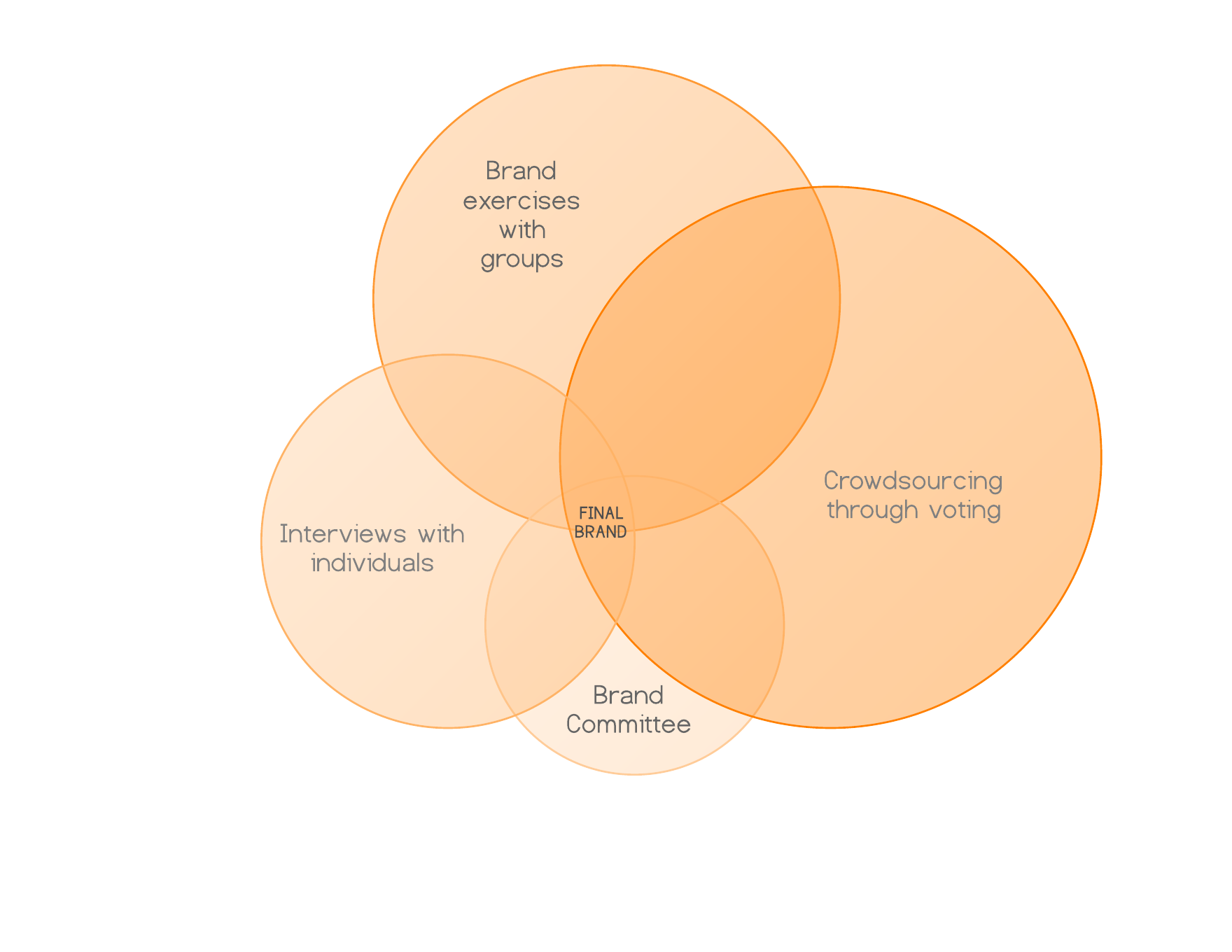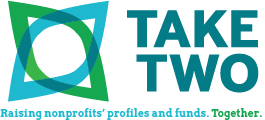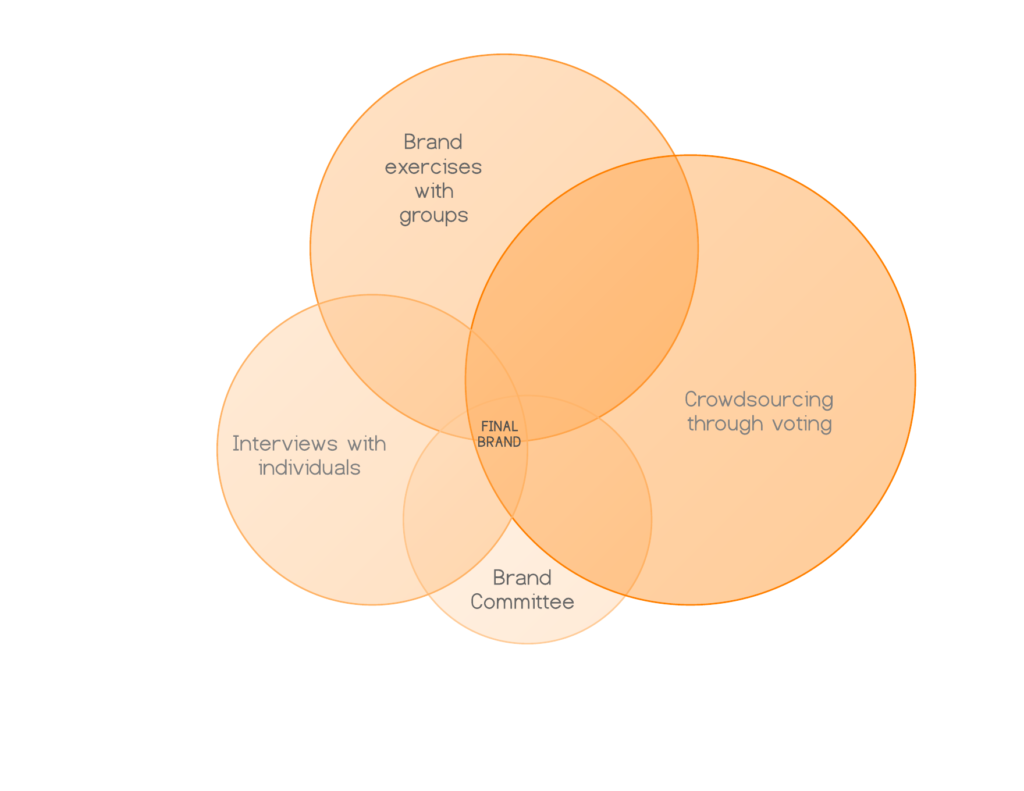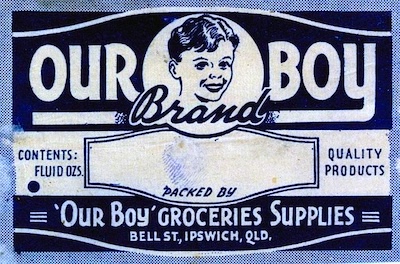
How To Re-Brand A Nonprofit Network
In the best of cases, re-branding can be a challenge. And if your nonprofit is a membership organization or a network with deeply invested stakeholders, re-branding can make one feel like Count Dreadula is in the vicinity.
But there are ways to do it “right”. We worked recently with an international network called the Melton Foundation to develop a new brand identity and took some unusual steps – with great reward.
- First – and this comes way before you even think about re-branding – ensure that you have really good reasons to re-brand. In the case of the Melton Foundation, they had been through a comprehensive strategic planning process and had a refined mission. A new brand identity was called for post-haste.
- Second, decide whom to include and how: With the Melton Foundation we knew that involving their members (who join in college and stay members the rest of their lives) was important. But we also knew that not everyone could, or indeed should, participate in the details of re-branding. So working with the Foundation staff, we devised a layered approach to involving members of the network in different ways at different levels:
- Interviews: We conducted individual interviews with a select set that included representatives of different categories of stakeholders. For many of you, this would include your Board, your members (if you are a membership organization) or your constituents, donors and possibly external partners.
- Brand personality exercises: To get a sense of how people in different stakeholder groups felt about the organization’s brand identity, we conducted small group exercises that gave us a snapshot of that particular group’s feelings. This also helped to identify overlaps and differences in opinions among groups.
- Brand committee: To build buy-in from all the different stakeholder groups, we formed a small committee of representatives from each group who provided feedback and served as a touchstone for major decisions. Now, I can hear designers everywhere groaning that this is “design by committee”, which to many feels like “death by design”. And it can quickly become that if the rules on the type of feedback are not set in the beginning and followed along the way. It also helps to have a strong Committee leader who is capable of (and willing to) make tough calls.
- Crowd sourcing: We don’t usually recommend crowdsourcing opinions on a brand identity; consensus is impossible with masses. But in this case, we had two very strong and very different looks that the organization was comfortable with pursuing, no matter which look the “crowds” chose. We invited a vote on two logo options and one emerged a clear winner with over 60% of voters choosing it. But, this voting process produced two other important results: first, it gave us a sense of what people who chose the second design (the one that didn’t win) liked, some of which we were able to incorporate in the final design. And two, it helped to build buy-in around the new look, because many members got to “preview” it.
- Finally, unveiling a new brand always causes a stir, but sometimes – and especially if your nonprofit has a strong, invested membership – making a splash by surprising your constituents with a new look can be a risk not worth taking. Instead, figure out a process that is good for your organization; one size does not fit all. And remember this platinum rule: you can’t make ’em all happy. No matter how hard you try. So involve your stakeholders, listen to them, respect their opinions and realize this: whether they all love it or not, if your new brand identity conveys what your organization is truly about, it will stand the test of time. And the naysayers will drop away.
What we outlined above was a comprehensive and time-consuming process but it worked well for the Melton Foundation, because of the type of organization it is. It’s now implementing the new brand in phases (like on Facebook) and most people are lovin’ it. What do you think?






